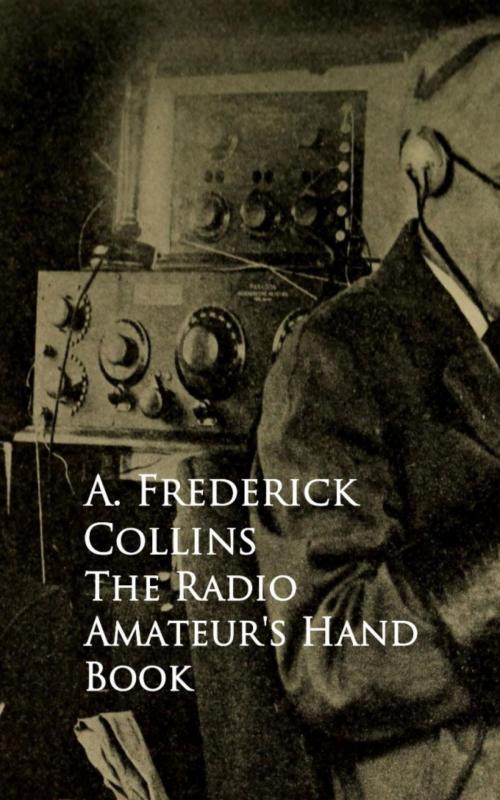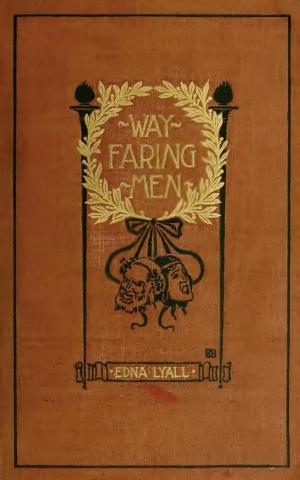| Author: | A. Frederick Collins | ISBN: | 9783736407923 |
| Publisher: | anboco | Publication: | August 13, 2016 |
| Imprint: | Language: | English |
| Author: | A. Frederick Collins |
| ISBN: | 9783736407923 |
| Publisher: | anboco |
| Publication: | August 13, 2016 |
| Imprint: | |
| Language: | English |
Before delving into the mysteries of receiving and sending messages without wires, a word as to the history of the art and its present day applications may be of service. While popular interest in the subject has gone forward by leaps and bounds within the last two or three years, it has been a matter of scientific experiment for more than a quarter of a century. The wireless telegraph was invented by William Marconi, at Bologna, Italy, in 1896, and in his first experiments he sent dot and dash signals to a distance of 200 or 300 feet. The wireless telephone was invented by the author of this book at Narberth, Penn., in 1899, and in his first experiments the human voice was transmitted to a distance of three blocks. The first vital experiments that led up to the invention of the wireless telegraph were made by Heinrich Hertz, of Germany, in 1888 when he showed that the spark of an induction coil set up electric oscillations in an open circuit, and that the energy of these waves was, in turn, sent out in the form of electric waves. He also showed how they could be received at a distance by means of a ring detector, which he called a resonator.
Before delving into the mysteries of receiving and sending messages without wires, a word as to the history of the art and its present day applications may be of service. While popular interest in the subject has gone forward by leaps and bounds within the last two or three years, it has been a matter of scientific experiment for more than a quarter of a century. The wireless telegraph was invented by William Marconi, at Bologna, Italy, in 1896, and in his first experiments he sent dot and dash signals to a distance of 200 or 300 feet. The wireless telephone was invented by the author of this book at Narberth, Penn., in 1899, and in his first experiments the human voice was transmitted to a distance of three blocks. The first vital experiments that led up to the invention of the wireless telegraph were made by Heinrich Hertz, of Germany, in 1888 when he showed that the spark of an induction coil set up electric oscillations in an open circuit, and that the energy of these waves was, in turn, sent out in the form of electric waves. He also showed how they could be received at a distance by means of a ring detector, which he called a resonator.















